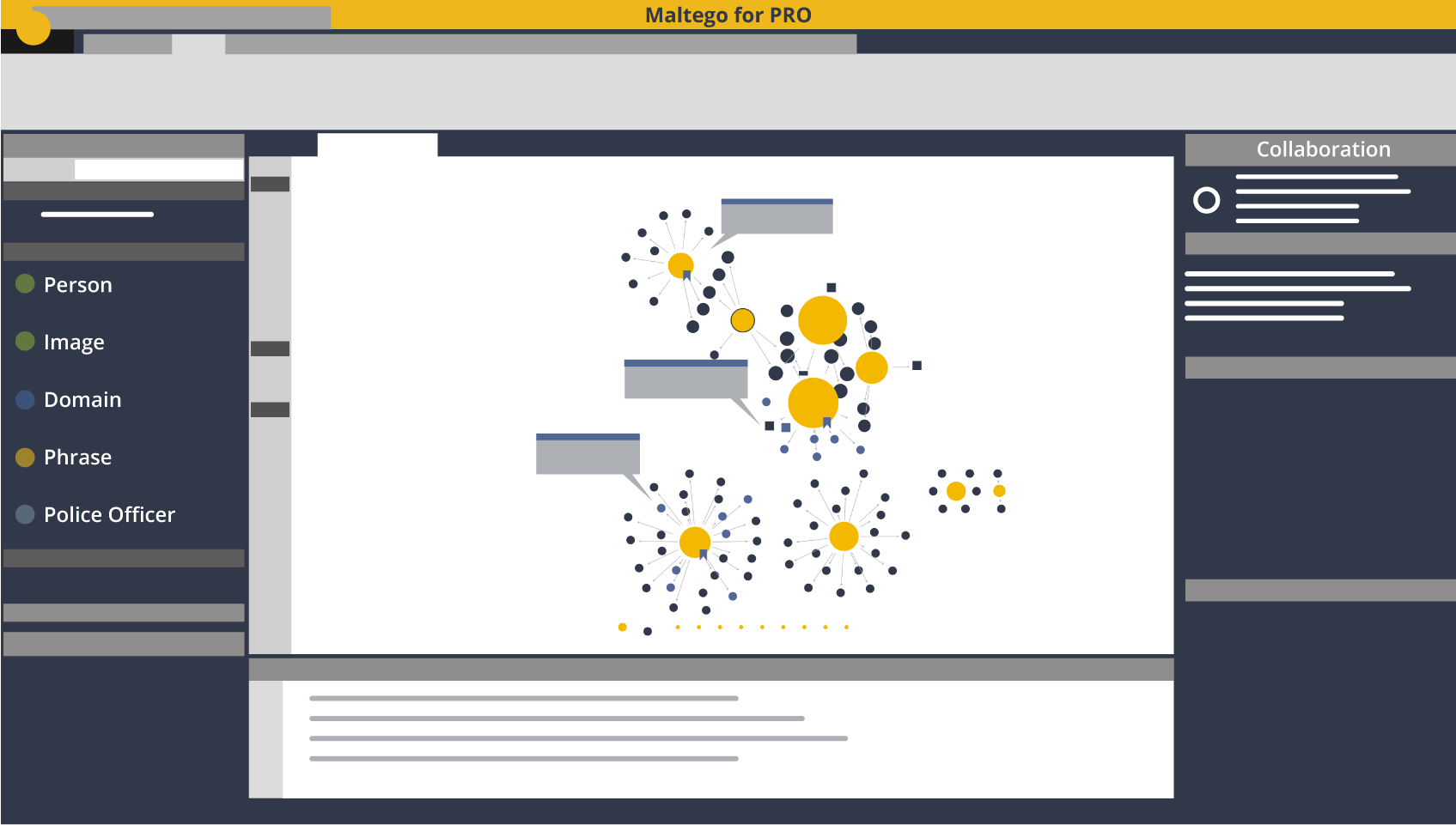Ever wondered how investigative journalists, government agencies or law enforcement agencies are able to compile some of the most obscure information?
You may have heard of a term called “open source intelligence” (OSINT). It probably sounds complex and outside your scope, but that is not the case.
What Is Open Source Intelligence (OSINT)?
First, we need to break the term down into two parts.
On the internet, “open source” refers to any information that is publicly available online. “Intelligence” means any information collected for a discreet, professional purpose. Together, they refer to information gathered from public resources on the internet.
According to the US Department of Defence, OSINT is defined as “intelligence that is produced from publicly available information and is collected, exploited, and disseminated in a timely manner to an appropriate audience for the purpose of addressing a specific intelligence requirement”.
At the same time, it should be stressed what OSINT is not: collecting information that is private to you, such as your text messages between friends or email threads between your colleagues.
A simple Google search does not exactly count as OSINT. The practice goes beyond typing keywords on a search engine, and dives into what is known as the “deep web”---sites or pages that exist on the internet, but cannot be accessed via your usual search engine such as Google or Yahoo.
Where Did OSINT Come From?
The practice of OSINT is not new. Its origins can be traced back to the US military during World War II, where the government established what was called the Foreign Broadcast Monitoring Service (FBMS) to gather, analyze, and access public information released by foreign organizations.
Following the 9/11 attacks in 2001, the US government founded the Open Source Center (OSC) under the CIA.
Before the internet, OSINT was gathered through more traditional sources, such as newspapers, magazines, television and radio recordings, photos, and so on. With social media being part and parcel of many, if not all personal and professional activities in the twenty first century, gathering public information on social media platforms has become a part of OSINT. A new term has also emerged to describe this, SOCMINT (social media intelligence), and it is classified as a subset of OSINT.
Geolocation is also considered as part of OSINT, and can be collected.
Who Uses OSINT?
OSINT is used by professionals across different industries. As examples:
- Journalists collect intel about a subject to help them with investigative reporting.
- Cybersecurity professionals monitor and identify hackers.
- Law enforcement officers gather evidence for a crime case.
- Businesses collect data on a company when performing due diligence.
Many companies now offer OSINT training to employees. Some even have a dedicated team of analysts and market researchers that perform OSINT activities.
What Is the Value of OSINT?
As the above examples show, OSINT is important in many industries. They serve a common purpose, which is to detect any potentially suspicious or illegal activity. They are also used by companies to protect themselves and their clients against data and privacy breaches.
People who use OSINT are also free of the stress that comes from rigorous relations as a result of dealing with, for instance, intelligence from human sources.
OSINT is generally a cheaper data collection method compared to traditional investigation methods. Many OSINT tools are subscription-based, and offer a range of packages to companies based on their needs.
Open source intelligence on social media is constantly updated. A person’s newly updated public Facebook status, for example, would be more recent and therefore relevant compared to a news article written about them five years ago.
The law’s definition of OSINT also guarantees that it is a legal practice. Data protection laws that have been introduced in recent years, such as the EU’s General Data Protection Regulation, strengthens the legal basis for OSINT. As long as companies perform OSINT within the specified boundaries and in accordance with the law, any information obtained is legal and useable.
What Are the Disadvantages of OSINT?
OSINT sounds powerful, but it is not without weaknesses. Many professionals who use OSINT experience information overload, and it would be extremely time-consuming for them to filter through every detail.
Next, when conducting SOCMINT, it is very difficult to verify the legitimacy of every detail gathered. One drawback of OSINT tools is that many do not have fact-checking functions, which makes distinguishing truthful news from fake news a tricky task.
Three OSINT Tools for Beginners
It is not just companies that are able to access OSINT tools. If you are interested in exploring the world of OSINT, here are a few simple and popular tools you could use.
1. Maltego
Founded in 2008, Maltego is the mainstream OSINT tool for those in the industry. The tool is able to monitor and map out links between entities, presenting a visualization of its results that makes work easier for researchers. It is also incredibly useful when it comes to identifying malware.
Maltego operates on a license with a variety of bundles to choose from. The company also offers training and tech support to business clients.
2. theHarvester
theHarvester is used to search for data about a company and assess its external threats on the internet. The tool collects data from more than twenty mainstream search engines and websites, including Google, Bing, Yahoo, and Twitter, and compiles whatever intelligence it can find on the public domain.
3. Wayback Machine
Ever tried to look up a webpage, only to find out that it no longer exists? The Wayback Machine is here to back you up.
The site is basically an archive for the internet. Simply enter the name of the page you are looking for, and the machine will return with every deleted page that is relevant.
Open Source Intelligence
In the social media age where practically everything can be found online, OSINT seems like an all-encompassing, powerful tool. But we should remember that in any form, with any method, performing background checks will always have its risks.
The key point of OSINT is not about what you find, but what you do with what you find. As long as the intel gathered is used professionally and ethically, OSINT can help to protect vulnerable online communities from cybersecurity threats.






